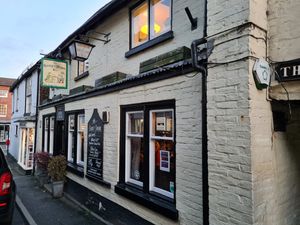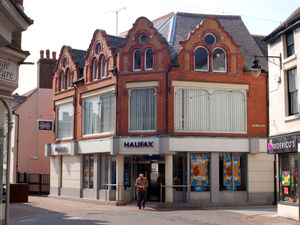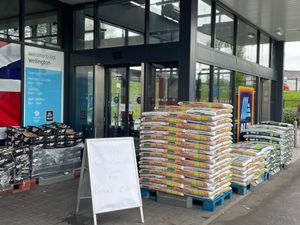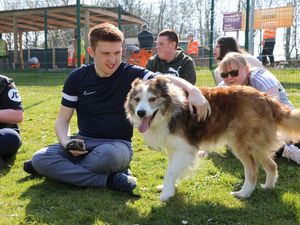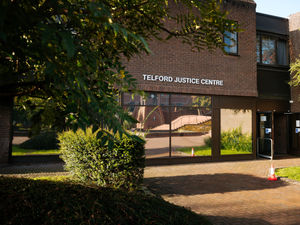Richard Cousins tragedy: Investigators focus on last photographs taken by seaplane crash victim
Richard Cousins, 58, died alongside his sons, Will and Edward, aged 25 and 23, his fiancee, Emma Bowden, 48, and her 11-year-old daughter Heather.
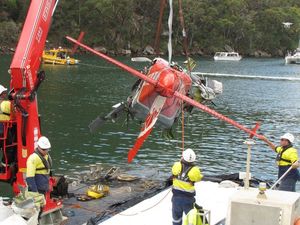
Photographs taken by one of the British victims of a seaplane crash in Sydney on New Year’s Eve have helped investigators piece together what happened in the lead-up to the tragedy.
An interim report by the Australian Transport Safety Bureau (ATSB) revealed that a Canon digital camera had been recovered from inside the de Havilland Canada DHC-2 Beaver, which plunged into water in Jerusalem Bay, 25 miles north of Sydney city centre, on December 31 last year.
Richard Cousins, the 58-year-old chief executive of FTSE 100 company Compass Group, who usefd to live in Shropshire, died alongside his sons, Will and Edward, aged 25 and 23, his fiancee, Emma Bowden, 48, and her 11-year-old daughter Heather.
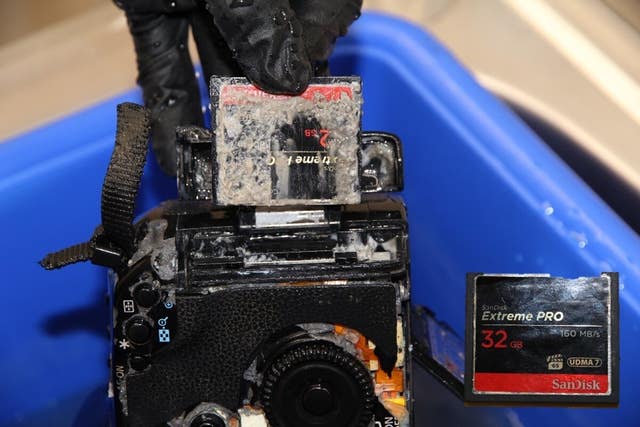
Mr Cousins, used to bat for Wellington Cricket Club’s second team when he lived in the town in the late 1980s and was also chairman of the club’s cricket committee for several years.
Investigators said police had been able to reenact part of the flight using images from the camera, while several witness statements had also been gathered to determine the path the plane had travelled.
The aircraft was not fitted with a black box flight recorder – and the ATSB said part of its ongoing investigation would consider whether all small passenger planes should carry one.
A preliminary report earlier this year said the plane had hit an area of water away from the expected and standard flight path, crashing in a near-vertical position.
At the time, Aaron Shaw, chief executive of operator Sydney Seaplanes, said the aircraft “simply should not have been where it was” and that the manoeuvres prior to the crash were “inexplicable”.

The latest factual report from the ATSB, released on Thursday, said the aircraft had entered Jerusalem Bay at a lower altitude than the height of the surrounding terrain.
Witnesses said the plane made a steep right turn before its nose suddenly dropped and the aircraft crashed.
Pilot Gareth Morgan, 44, who was also killed, had more than 10,000 hours of flying experience, and had flown at least 780 flights from Cottage Point, where the plane had taken off from.
Investigators said no pre-existing issues with the plane were found, while examination of the wreckage also indicated that there was no evidence of a bird strike or collision with an object before or during the flight.
The ATSB said its investigation would now look at “a number of factors surrounding the pilot’s health and medical history”.
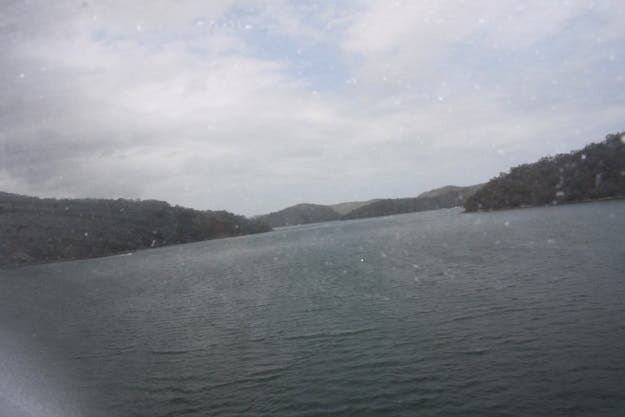
ATSB executive director Nat Nagy said: “With no on-board data available from the aircraft itself, transport safety investigators have been able to use witness statements and images retrieved from one of the passenger’s cameras to determine what happened in the lead-up to this accident.
“The ATSB’s investigation is continuing and will now look at a number of factors surrounding the pilot’s health and medical history.
“We have engaged an aviation medical specialist to assist with reviewing the pilot’s medical records as well as the autopsy results, which the ATSB has recently received over the past month.
“That review is now under way and we expect the results to appear from that over the coming months.”
A final report, which will include any findings or recommendations, is expected to be released in the first half of next year.

